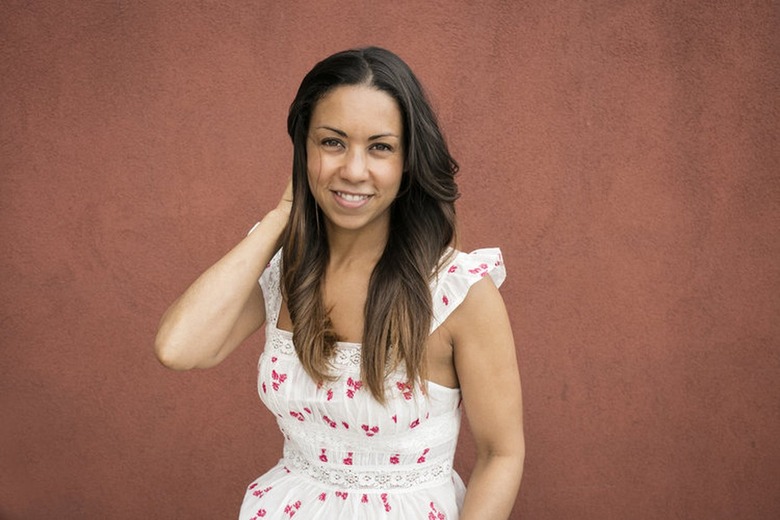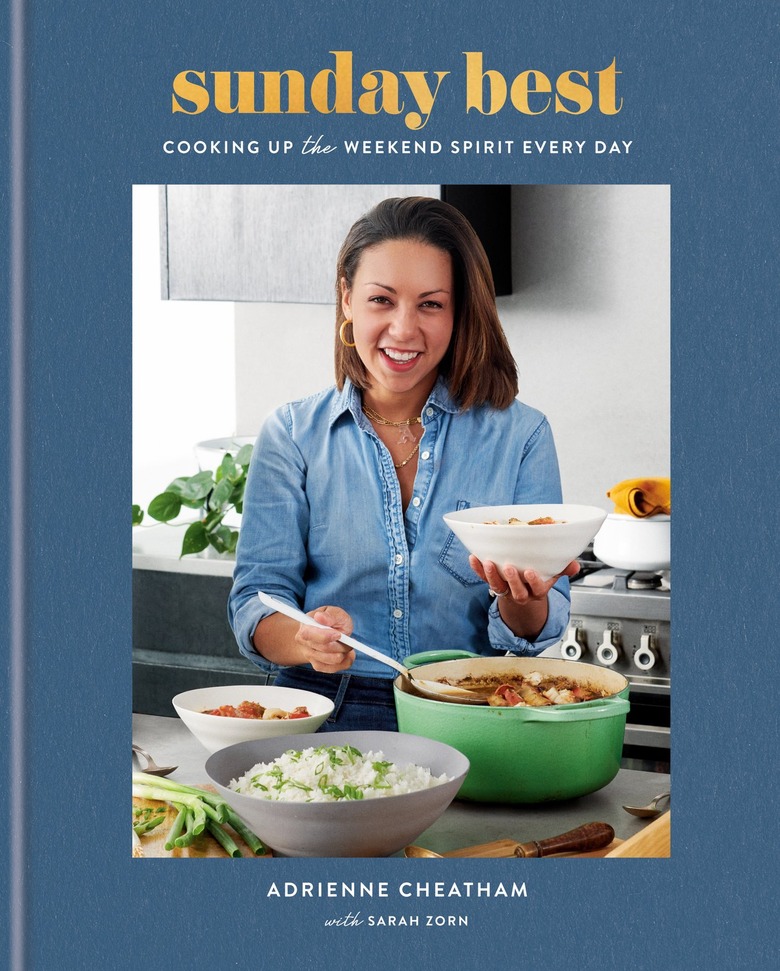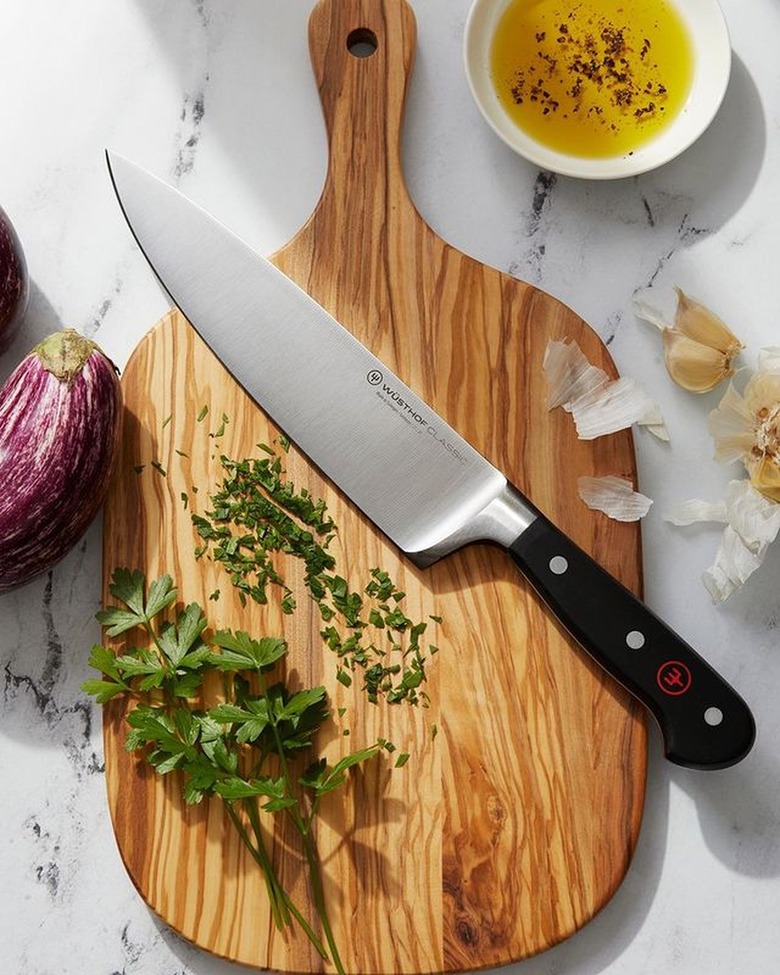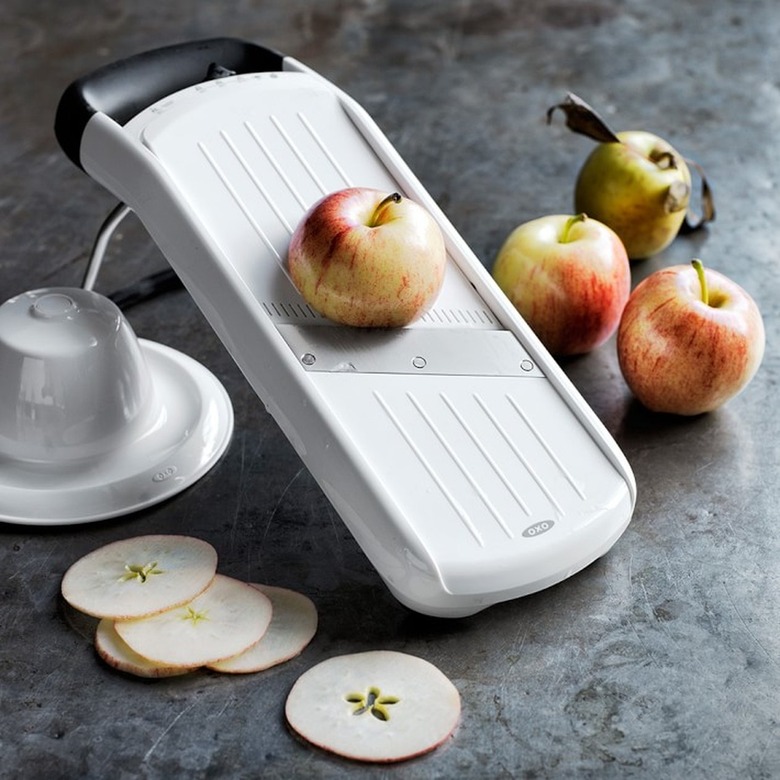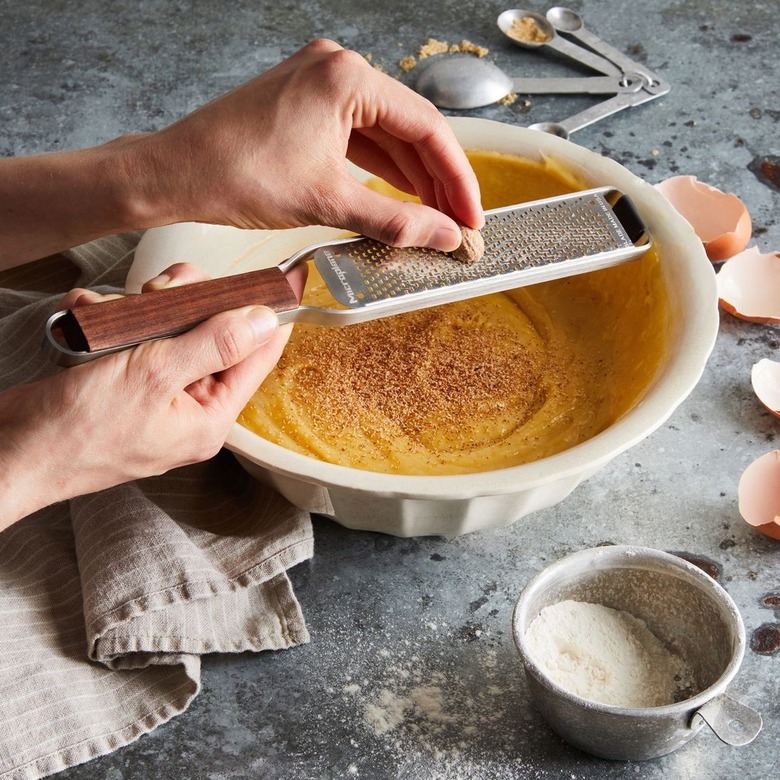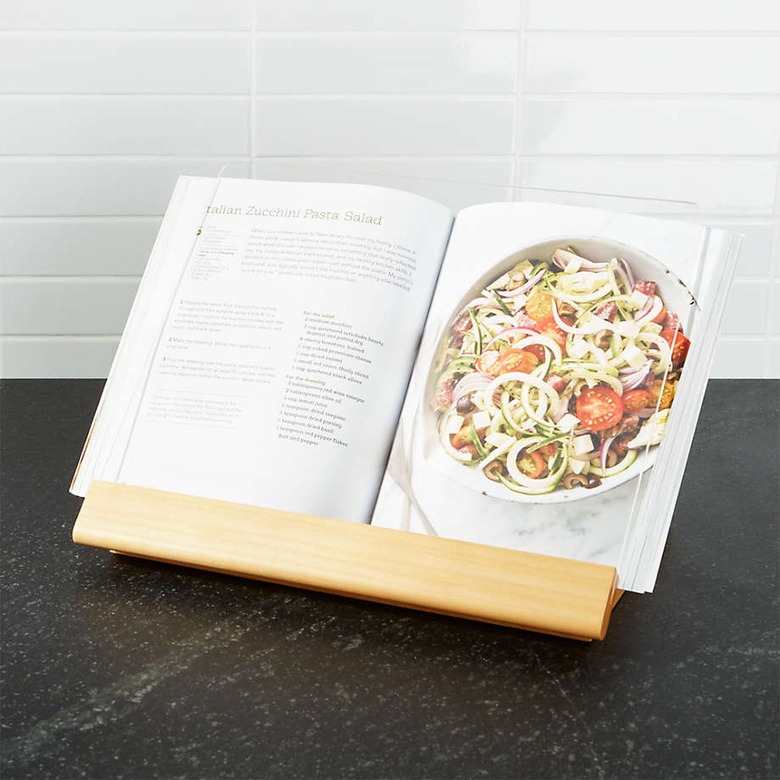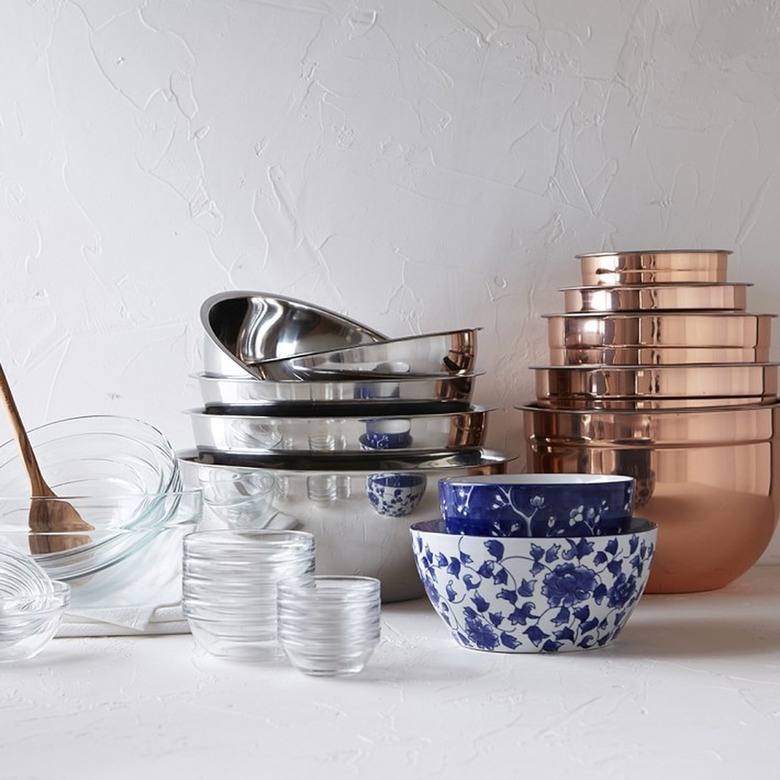5 Things Top Chef's Adrienne Cheatham Says You Need In Your Kitchen
For someone who has plenty of fine dining experience on her resume, chef Adrienne Cheatham isn't interested in making cooking intimidating. While many beginner home cooks save recipes and videos for a later date, sometimes it's just too intimidating to actually get started. After all, why try a fancy recipe if we might fail?
For her first cookbook, the Top Chef runner-up and creator of the dinner party SundayBest initially thought she might go down the route of a classic, elevated cookbook. While working with chefs Marcus Samuelsson and Eric Ripert, she often helped with recipe development, testing, and editing. Then, she'd get home and write a paragraph or two about what she might include in her own book one day. When that dream started to become a reality, Cheatham realized she wanted to keep things a little simpler than fine dining environments. The result is Sunday Best: Cooking Up the Weekend Spirit Every Day, which will be published March 15.
Drawing from her mom and family's cooking, Cheatham chose recipes like skirt steak with chimichurri made of mustard greens and a roast chicken with a marinade of soy sauce and stout. Despite her hard working ethos and range of high-level skills (just watch Top Chef season 15 to see her unyielding focus), she encourages people to take the pressure off cooking. There's an excitement, she says, in trying out new recipes and cooking for others. That's the most important part.
"Don't be intimidated because at the end of the day, it's just food," Cheatham tells Hunker. "People have been cooking for millennia. We're not reinventing the wheel too much over here."
We asked the chef for her top recommendations for kitchen essentials. Below, she shares her insights. You can order your own copy of the cookbook here.
1. A solid kitchen knife.
1. A solid kitchen knife.
"I would go stainless steel and something with a good heavy blade that's more of like a 50/50 angle, like a Wüsthof," Cheatham says. "I would definitely start with a Western style knife with a stainless steel and a heavy blade. A Wüsthof is a great starting knife because you can feel the weight of it. Some of the lighter knives are easy to lose track of ... It's good to start with something that has a a sturdy hilt for you to hold on to, so you don't drop it or it doesn't slip out of your hand."
2. A mandoline to save you time.
2. A mandoline to save you time.
"When you're using your mandoline, you have to be careful," Cheatham says. "If you're not comfortable holding it with your hand, wrap it in a paper towel or something that when you feel it start to grab that, you'll know when to pull your hand back ... Once you get comfortable with it, if you're making spring rolls or summer rolls, and it says to julienne all these vegetables, it's so much easier to just slice them first on the mandoline. And then just stack up the slices on your cutting board and just go through and julienne. I'm a professional chef, and it saved me so much time." (Editor's note: The mandoline pictured here actually includes a food pusher to help with the process, as well as for extra safety).
3. A microplane for all types of cooking.
3. A microplane for all types of cooking.
"You don't have to just be going for that super fine lemon zest to mix into something — I use my microplane more for garlic, ginger, and things like that [more] than I do for anything else," Cheatham says. The microplane is less dangerous than a mandoline because it's still sharp, but the pieces are a lot smaller. It's not like you're coming fast towards a knife, essentially. It's just so good if you need minced garlic or chopped garlic in a recipe. [Or] ginger — you just peel it and then run it on the microplane. It gets all the fibers out. You can use it for so many things."
4. A trusty cookbook stand.
4. A trusty cookbook stand.
"I'm a tactile person, so I like having a physical cookbook in my hand. I like turning the pages," Cheatham says. "I have one of those cookbook stands so that when I'm using [a cookbook] in the kitchen, I can have it open ... [Before], I was like 'okay, I can put the edge of my knife or a spoon on top of it to keep it open.' Once I got one of those, it was because I used it at my mother in law's house. I was like, 'This is a true game changer.'"
5. A good mise en place station.
5. A good mise en place station.
"Just spending ten minutes rough chopping your onion, your celery, having your one cup of bell pepper measured out — having those things ready saves you so much time when you're actually cooking," Cheatham says. "If you have to take something out of the oven because you forgot an ingredient, or if you have to turn the burner off because you don't want it to burn while you cut something, then you have to bring it back up to a boil, you actually wind up spending more time than if you had gathered everything in the first place ... I'll read through the recipe literally once or twice ... If it says, put the carrots, onions, celery, and bell pepper in the pot at the same time, then when I cut them, I'll just literally throw them into the same bowl. That way, I'm saving myself a lot of extra containers."
